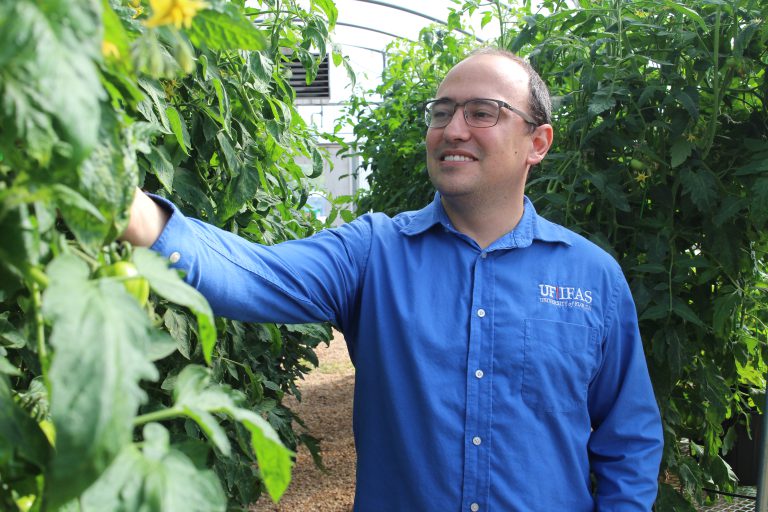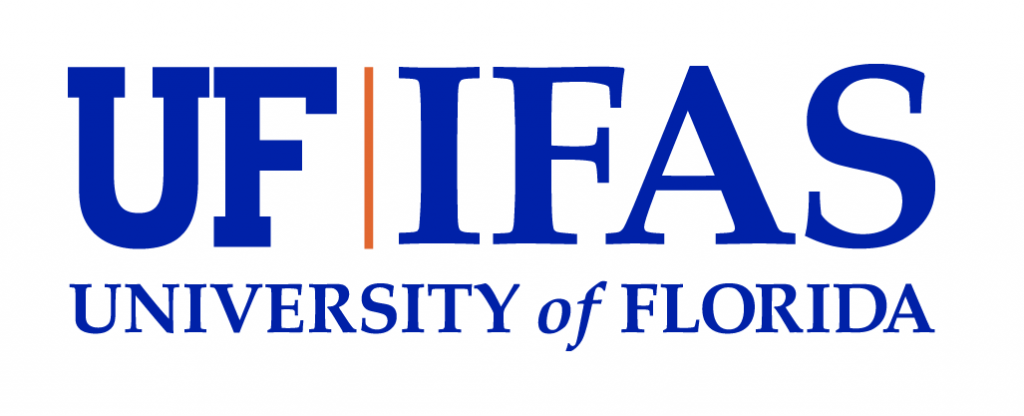A computer may not be able to taste a tomato or blueberry, but it can tell University of Florida Institute of Food and Agricultural (UF/IFAS) scientists which volatiles in those fruits make them taste good.
UF/IFAS breeder and geneticist Marcio Resende wants to create what he calls an “Artificial Intelligence Connoisseur,” a model that tells researchers which chemical compounds produce the best fruit flavors. Volatiles are important in determining how much consumers like the fruit and are also important in quantifying and estimating the importance of fruit flavor, Resende said.

To find out if a fruit or vegetable is worth breeding, scientists sample the crop for taste and smell, going through fields and picking produce individually. These processes can present logistical issues, said Harry Klee, a UF/IFAS horticultural sciences professor and a co-author of a new study that looks at how computer models can use volatiles to measure fruit taste.
“Due to cost and logistical limitations, breeders do not typically employ consumer panels in their programs,” Klee said. “The ideal would be to use a large consumer panel that includes a diverse set of potential consumers. We use 100 people, spanning a range of age and ethnicity. This approach is much more representative of the population of shoppers.”
For years, plant breeders and geneticists helped farmers harvest higher yields because consumer-oriented traits such as flavor are harder to measure. However, high yields are not enough for producers to compete in demanding markets, said Patricio Muñoz, a UF/IFAS horticultural sciences associate professor who oversees the blueberry breeding program.
Using these models, a breeding program can assess flavor ratings for many fruit and vegetable varieties. This process was previously limited by the fact that neither scientists nor consumer panels can test very many varieties at once.
Resende led the new research that shows ways to obatin data from volatiles in blueberries and tomatoes into a statistical model. The research findings are now limited to those two fruits but will later be expanded to other crops.
The researchers gave a diverse set of tomato and blueberry varieties to consumer panels at the UF Sensory Lab in Gainesville. The scientists then collected ratings on flavor attributes such as “liking,” sweetness, sourness, flavor intensity and umami.
UF/IFAS researchers tested the range of scores that tell them how much a consumer likes a flavor.
Researchers showed that machine-learning approaches are the best predictors of consumer flavor preferences, called metabolomic selection. Accuracies of metabolic selection are superior to models that use genomic data instead, highlighting the potential of this new method in breeding applications.
“I think the main point is that breeders can screen a larger number of samples,” said Resende, a UF/IFAS assistant professor of horticultural sciences. “This way, you have a wider funnel to identify the good-tasting varieties, and at one point, taste-testing panels make a final selection with the sensory data. We expect that these models will enable an earlier incorporation of flavor as a breeding target and encourage selection and release of more flavorful fruit varieties.”










